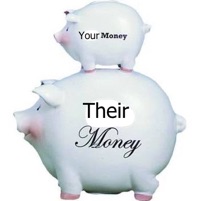 A lot of financial articles are all about optimizing or finding the “best”. The best bank account, best credit card, best mutual fund, etc. However, this CurrentAffairs.org article Nothing For Money takes a different perspective. They outline three “Bullsh– Financial Products” (BFPs) that are never, ever worth the money. There is no “best” to recommend. The best advice is to simply avoid them completely.
A lot of financial articles are all about optimizing or finding the “best”. The best bank account, best credit card, best mutual fund, etc. However, this CurrentAffairs.org article Nothing For Money takes a different perspective. They outline three “Bullsh– Financial Products” (BFPs) that are never, ever worth the money. There is no “best” to recommend. The best advice is to simply avoid them completely.
Overdraft Protection. The banks say they only want to offer “help” with this “protection”, but then why did it require governmental intervention make it opt-in only? You may be opted-in today due to old rules or by accident (you can still call them and opt-out). The fact is that most people would probably save money overall if it didn’t exist and banks simply rejected the transactions instantly.
I would really love to hear from anyone who has had a positive experience with overdraft protection. If you exist, write in and let us know about an instance when you were glad to pay your overdraft fee in order to have your transaction processed on the spot. What was the transaction? Why was it worth the extra $35 or whatever the fee amount was? Why was that better than using a credit card if you had access to one?
Student Loan Assistance. Student loans are big business and unfortunately the long list of options can be confusing. Don’t let one of these outfits take advantage of you.
So the student loan assistance companies will literally charge you many thousands of dollars to do something that: a) is not even necessarily the right thing for you; and b) is extremely easy and fast to do yourself if it is the right thing for you.
Payment Accelerators. I am also a big proponent of DIY payment acceleration. I have never found a payment accelerator program that I would recommend to a family member.
First, they generally charge you a lot. The companies that do this for your mortgage will sometimes charge you a full mortgage payment up to $1,000 to start the program, and then a fee of $5 or so every time they withdraw a payment from you, which is usually every two weeks. If you used a payment accelerator for your whole 30-year mortgage, you’d pay almost $5,000. There are also companies that do this mainly with auto loans. They charge a little less, but it’s still a lot. Most of them will charge you $399 at the beginning and then $2-3 per withdrawal, again usually every two weeks. So for a five-year loan, even if you pay it off six months early, you’re still looking at almost $700 in fees.
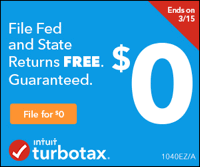
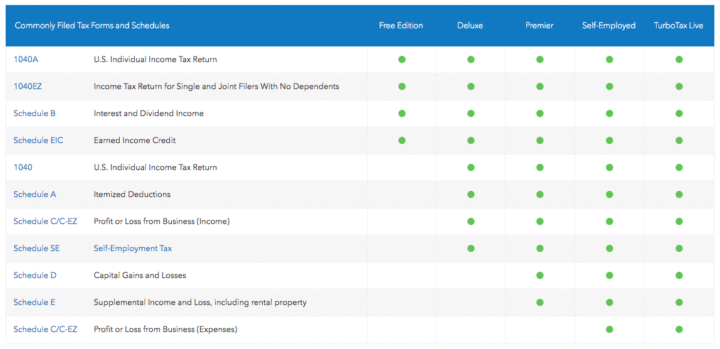
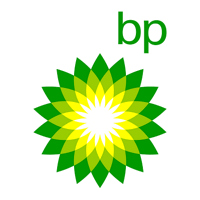 BP Driver Rewards and United Airlines have a new partnership where you can
BP Driver Rewards and United Airlines have a new partnership where you can 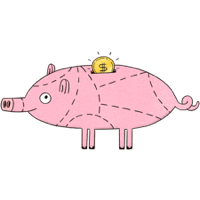 Day 6 of the
Day 6 of the 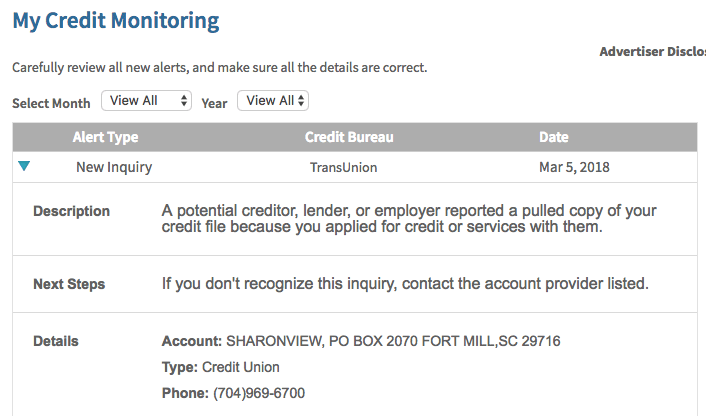
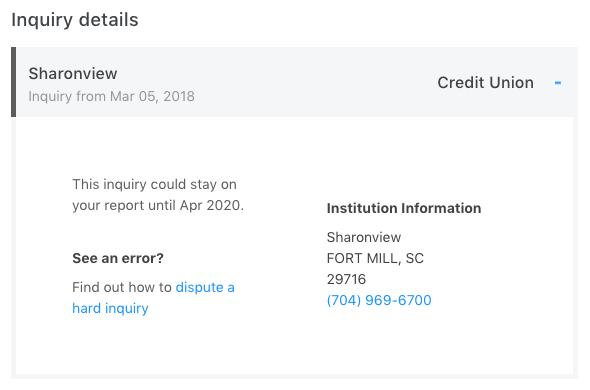
 Back in 2011, a
Back in 2011, a 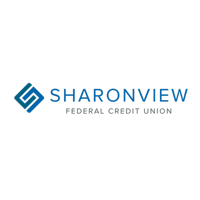 Sharonview Federal Credit Union has a
Sharonview Federal Credit Union has a 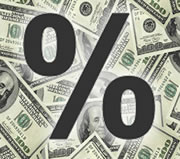
 The Best Credit Card Bonus Offers – March 2024
The Best Credit Card Bonus Offers – March 2024 Big List of Free Stocks from Brokerage Apps
Big List of Free Stocks from Brokerage Apps Best Interest Rates on Cash - March 2024
Best Interest Rates on Cash - March 2024 Free Credit Scores x 3 + Free Credit Monitoring
Free Credit Scores x 3 + Free Credit Monitoring Best No Fee 0% APR Balance Transfer Offers
Best No Fee 0% APR Balance Transfer Offers Little-Known Cellular Data Plans That Can Save Big Money
Little-Known Cellular Data Plans That Can Save Big Money How To Haggle Your Cable or Direct TV Bill
How To Haggle Your Cable or Direct TV Bill Big List of Free Consumer Data Reports (Credit, Rent, Work)
Big List of Free Consumer Data Reports (Credit, Rent, Work)